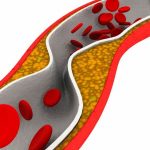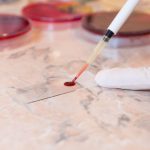
You might be talking to a real person while on Zoom, but it’s just not the same to your brain as a face-to-face conversation. New research using sophisticated imaging tools found that the brain activity of people engaged in conversation looks different from that of two people conversing on Zoom. “In this study we find that the social systems of the human brain are more active during real live in-person encounters than on Zoom,” said senior author Joy Hirsch. She is a professor of psychiatry, comparative medicine and neuroscience at Yale University in New Haven, Conn. “Zoom appears to be an impoverished social communication system relative to in-person conditions,” she explained in a Yale news release. Zoom, of course, is a popular videoconferencing platform. Most previous research using imaging tools to track brain activity involved single individuals, rather than pairs in natural settings. The researchers noted that human brains are finely tuned to process facial cues during in-person encounters. In this study, which recorded neural system responses in the two types of conversations, increased neural signaling among participants in face-to-face conversations was associated with increased gaze time and wider pupils. This suggested increased arousal in the two brains. Participants in in-person interactions also had increased brain wave activity characteristic of enhanced face-processing ability, the study authors said. The investigators also found more coordinated neural activity… read on > read on >


















